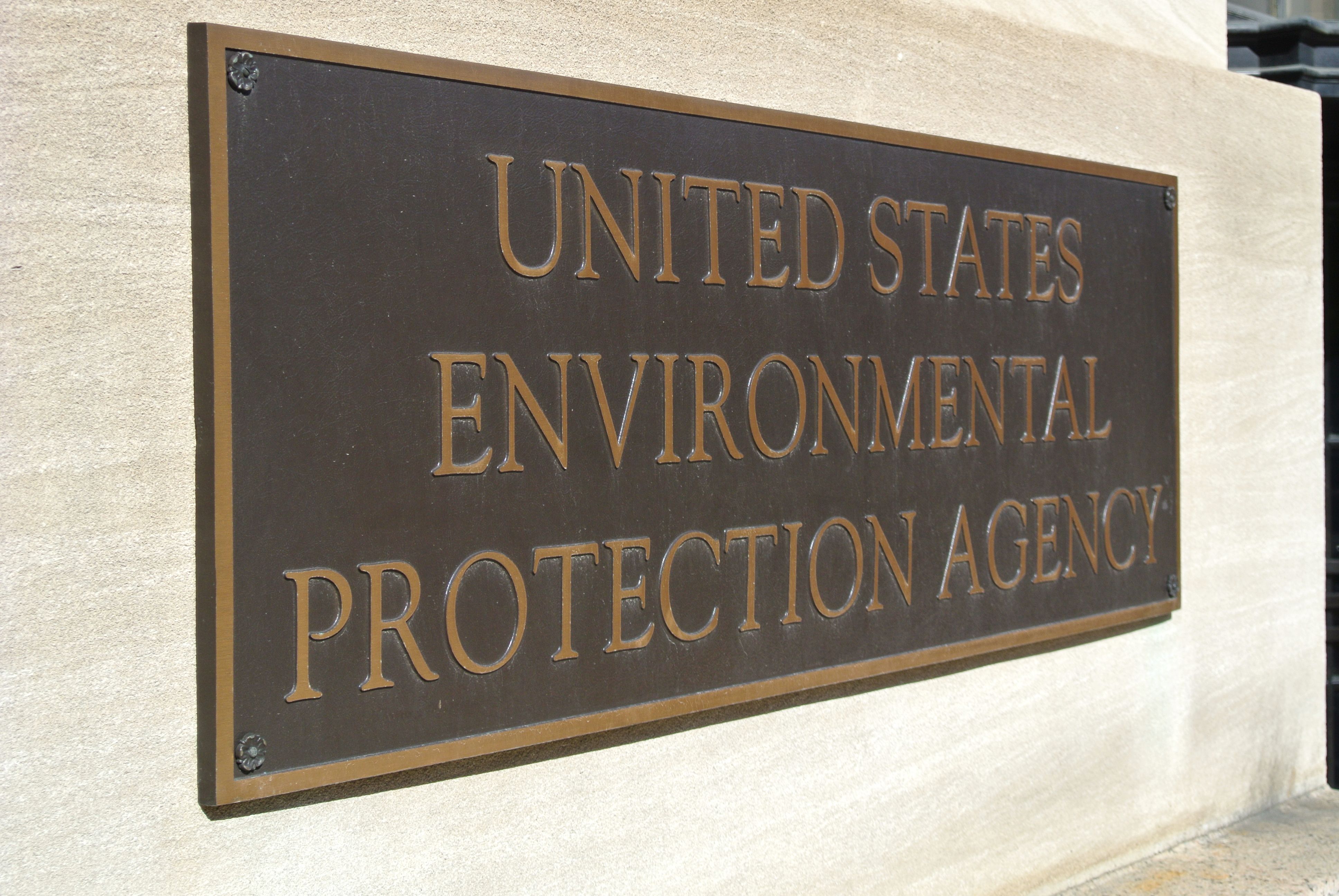
Unsupportable air quality regulations could wreck the American economy — Part One
By Dr. Jay Lehr
Let’s first explain for our readers that PM2.5 stands for Particulate Matter of 2 and a half microns. A micron is a millionth of a meter in size. EPA currently restricts emissions of such size particles to 12 micrograms per cubic meter.
Tightening the PM2.5 standard in the National Ambient Air Quality Standards will raise energy prices significantly without offering any benefit whatever to the health of the nation. Multiple studies prove this emphatically.
Additionally, tightening the standard for particulate matter is really ludicrous in light of the fact that China, India, Indonesia, Japan and Vietnam are sending their PM2.5 across the Pacific Ocean to America as they build 600 new coal power plants.
The most detailed study of impacts of PM2.5 was Air Quality and Acute Deaths in California, 2000-2012, was performed by Young, Smith and Lopiano and described in a paper published just 4 years ago in the journal Regulatory Toxicology and Pharmacology. They made their data public, the importance of which I will cover later.
They studied California’s 8 most populated air basins. They obtained daily air quality data for these eight basins from the California Air Resources Board, and more than 2 million electronic death certificates for all of California from the California Department of Public Health for the years 2000 through 2012. They analyzed more than 37 thousand exposure days. All deaths were aggregated to a day, year, and basin.
This, possibly the most comprehensive study of its kind, found no association between either ozone or PM2.5 levels and mortality using standard regression-based time series analysis. Extensive sensitively analyses found these air quality variables do not add to the predictive ability of multiple models used in the study.
The authors concluded that they were unable to find a consistent and meaningful relationship between air quality and acute death rates in any of the eight California Air Basins studied which included Sacramento Valley, San Francisco, San Diego, San Joaquin, Salton-Sea, Mountain Counties, South-Central, and South-Coast.
Despite the aforementioned, meticulous study, it appears the EPA feels good about tightening the PM2.5 regulation for particulate matter that might save the health of a few at the expense of the entire population.
Like any proposed policy, making particulate matter standards stricter will have both costs and benefits. While the costs seem quite apparent the benefits are clouded by issues of causality, intentional omission of key studies from the literature, and data transparency problems. EPA heavily relies on selective citations of the literature without providing data for other scientists to provide independent oversight. The authors of most of the studies relied upon by EPA have consistently refused to release de-identified versions (not identified with a person or company) of the data they use to support public policy. They claim that is too difficult when in fact the data could be released using micro-aggregation, the combining individuals into groups of 10 or more.
EPA has a policy of placing research at universities where the data is beyond the reach of the Freedom of Information Act (FOIA). Additionally, EPA funds the Health Effects Institute which places its research at universities. The net effect is that the research they claim to support unreasonable regulations is doubly protected from the public’s eyes.
Under the new administration the EPA cancelled the previous administrations rule making of the so-called Transparency Rule which was an effort to make data more public. Currently, virtually none of the data used to support the reduction of the limits of allowable particular matter below the current level of 12 micrograms per cubic meter is in the hands of the EPA or made public
This is true in-spite of the guidance published for 2022 by the Office of Science and Technology Policy (OSTP) which acknowledges that violations of scientific integrity do occur at US federal agencies.
The EPA should abide by the OSTP 2022 guidance and reinstate the Transparency Rule to defend and increase scientific integrity and transparency within their agency.
The costs of changing the PM25 regulation, are straight forward. Industries which emit such matter will need to increase costs to comply and maybe go out of business. This places a particularly large burden on smaller businesses, like independent truckers, while favoring larger corporations which can use their size to economize on compliance costs.
Obviously, the worst health impact is death which the study mentioned above by Young, Smith and Lopiano clearly nullify that concern. Other doctors specializing in epidemiology and toxicology testify that inhalation of 100 micrograms of particles as small as 2.5 microns per day, the current NAAQS (National Ambient Air Quality Standard)0l; cannot result in death. None of these experts, some of whom contributed to this essay, are cited in the studies EPA used.
Author
Dr. Jay Lehr
CFACT Senior Science Analyst Jay Lehr has authored more than 1,000 magazine and journal articles and 36 books. Jay’s new book A Hitchhikers Journey Through Climate Change written with Teri Ciccone is now available on Kindle and Amazon.
NOTE: a-College student in Psychology, b-President of Doctors for Disaster Preparedness, c- Retired college professor, d- Heritage Foundation, e- Consultant, f- Concerned citizen, g-Pulitzer Prize Nominee in Contamination from Renewable Energy, (h) President American Council on Science and Health
From cfact.org